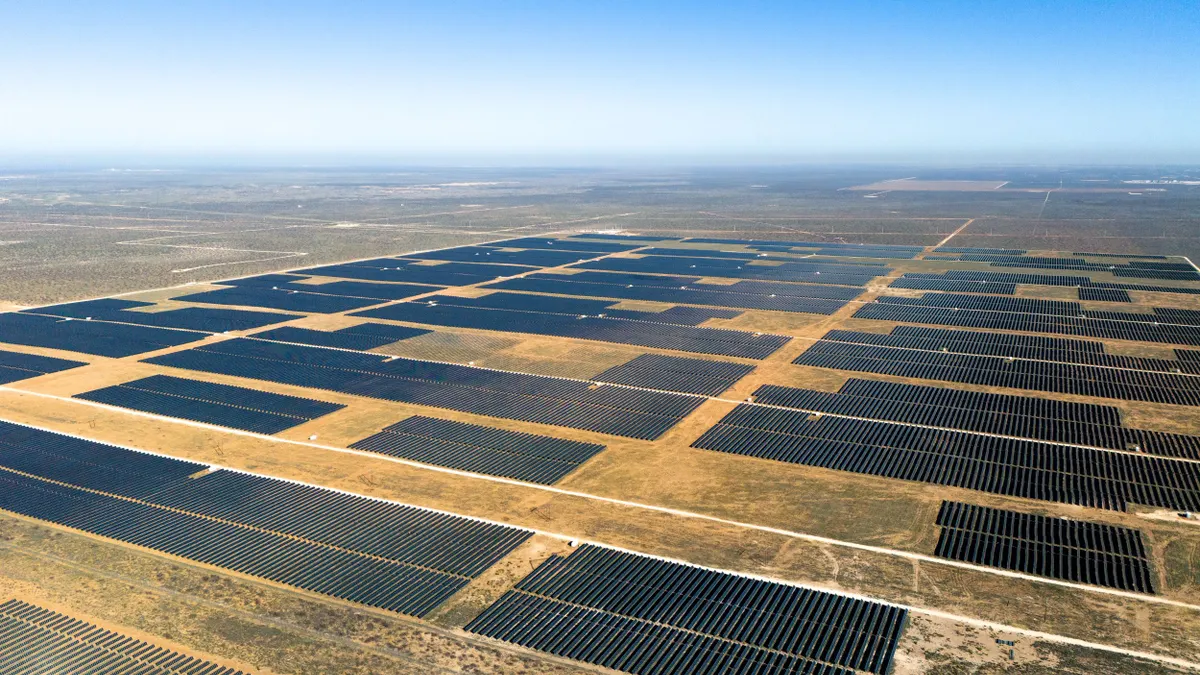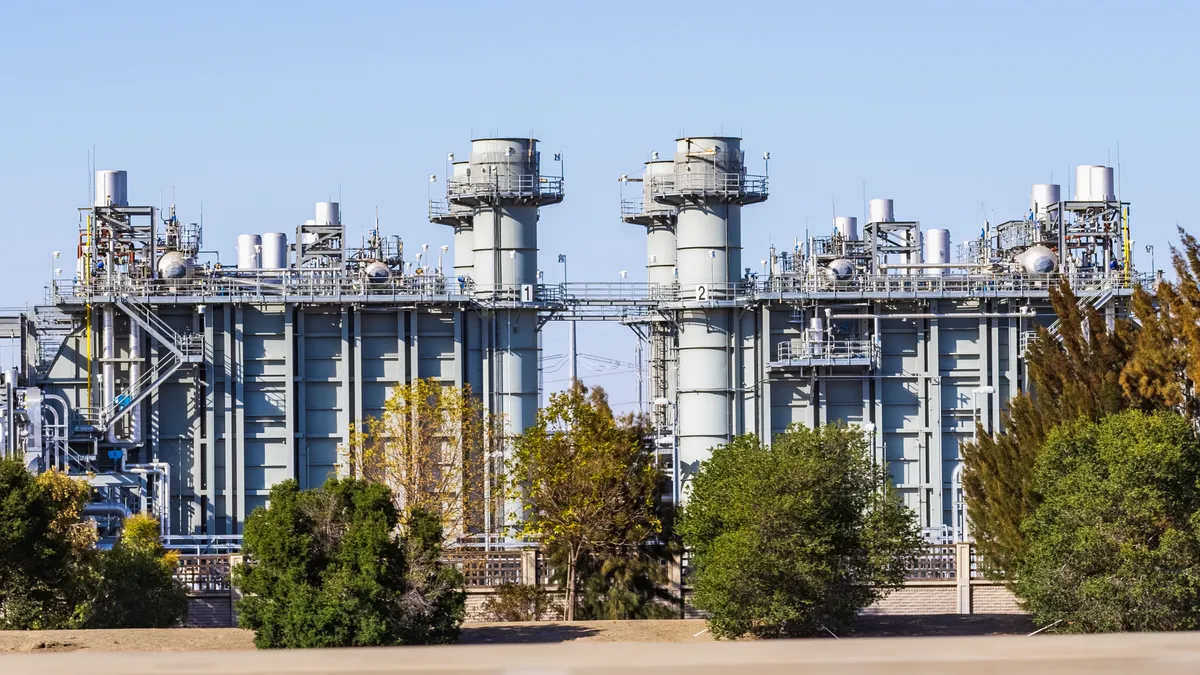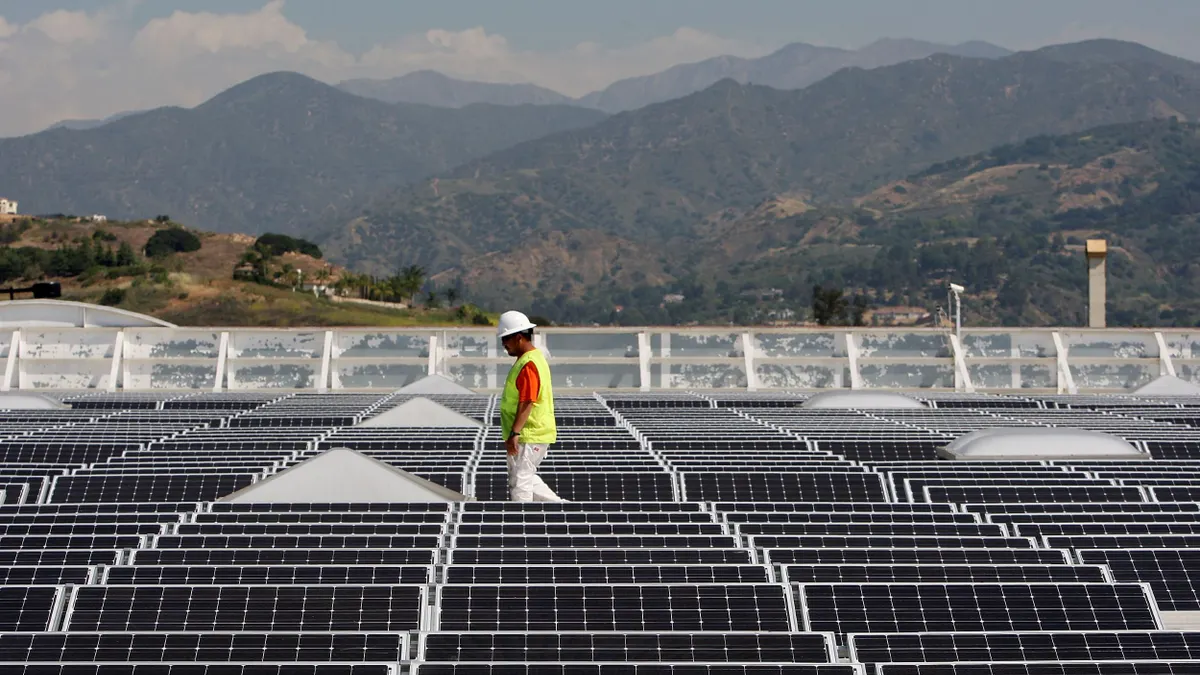It’s a season of swan songs in Washington, D.C.
One by one, the heads of President Obama’s federal agencies are wrapping up their work, appearing wounded but resolute at final speeches across the city and laying out their wistful suggestions for the Trump administration in a series of exit memos. Obama himself plans to give his farewell speech this week in Chicago.
It all makes for a dour atmosphere in the nation’s capital, but outgoing Secretary of Energy Ernest Moniz appeared comparatively upbeat for his curtain call last week.
Though it wasn’t billed as his final address, Friday’s release of the Department of Energy’s Quadrennial Energy Review (QER) was one of Moniz’s last significant acts at the agency’s he’s headed since 2013. The speech provided the MIT physicist with a platform to lay out critical electrical system issues for the incoming president and his DOE pick, former Texas governor Rick Perry, to address.
The second edition QER report — an update to 2015’s broad survey of the nation’s energy systems — focuses on the transformation of the electricity sector. At nearly 500 pages, it includes 76 recommendations for the next administration to address the industry’s impact on national security, economic competitiveness and the environment.
At the release of the report on Friday, Moniz highlighted the increasing convergence of the physical grid and the digital economy, calling it “the big story” in the electricity sector today. But while the internet allows for a slew of new grid technologies and practices, the secretary said addressing the security concerns that the connected grid poses will be paramount for the next administration.
Cybersecurity has been front-of-mind for federal policymakers since the election and comprises the first set of QER recommendations. In his remarks, Moniz emphasized its push to strengthen federal cyber authority for the power grid, saying there is “inherently a federal responsibility when one talks about a national security concern.”
Lawmakers should amend the Federal Power Act “to clarify and affirm the DOE's authority to develop preparation and response capabilities that will ensure it will be able to issue a grid security emergency order to protect critical electric infrastructure from cyber attacks, physical incidents, EMPs or geomagnetic storms,” Moniz said.
The secretary also highlighted suggestions to expand FERC’s ability to modify NERC reliability standards “if it finds that expeditious actions are needed to protect national security.” Other suggestions focus on information sharing on security events — critical after last week’s mistakenly-reported cyberattack in Vermont — and FERC’s authority to issue the “cyber protections that address the natural gas and the electricity system interdependency.”
Sen. Maria Cantwell (D-WA), ranking member on the Senate Energy Committee, was also on hand for the QER release and said she planned to introduce legislation that includes many of the recommendations during this Congressional session. A bipartisan energy bill she and committee chair Sen. Lisa Murkowski (R-AK) shepherded through the Senate last year contained many of the provisions, but ran up against opposition from House Republicans in a conference committee that stalled last month, she said.
At the release, Moniz also highlighted recommendations on the DOE loan program, which gained public notice back in 2009 when the failure of solar panel manufacturer Solyndra cost the program a $535 million loan. While auditors quibble about the exact cost of the program, the office has provided over $30 billion in loans and guarantees for more than 30 projects, most of which are either in construction or operation.
Moniz said that while the loans have proved “very effective” in fostering new generation technologies, there’s more work to be done in grid operations and optimization. A loan program of $1 billion or more is “kind of the scale [needed] for really pushing out new technologies in terms of integration and optimization on the distribution system,” he said.
The future of those loans and other DOE programs like ARPA-E is the subject of some anxiety in alternative energy circles, as some fear a Trump administration will cut the well-received energy R&D programs. But Moniz said there is still about $20 billion left under the current loan program authority, and some of the office’s recent work in fossil fuels could appeal to the incoming president.
Moving to a co-lending approach, where government and private entities both back a project, could “stretch those existing authorities out,” Moniz said, and provide a new opportunity for financial institutions “in an area where they’re frankly not so familiar.”
“I think the real issue is will there be a tune-up of some of those authorities that can allow more easily getting into grid investments, into aggregated types of projects, and into facilitating more co-lending,” he said. “We think that co-lending would be a better way of doing business than essentially having our loan guarantees cover essentially all the debt financing.”
How Gov. Perry and the rest of the Trump team react to the QER recommendations remains to be seen. Perry has said little on energy policy since his nomination was announced, but both Cantwell and Moniz expressed hope that his experience in leading a state with its own regional grid operator indicates a familiarity with power sector issues.
“I don't think there’s anyone who would raise their right hand to be sworn in who would say that we don’t need to do some upgrading to achieve the economic balance of investment versus opportunity for the U.S.,” Cantwell said. “I mean, maybe they won’t be that informed but hopefully they will be. We'll find out shortly.”
QER highlights
Along with a slew of recommendations, the QER offers a comprehensive overview of the evolution of the nation’s electricity system. And like last year’s edition, many of its key conclusions are distilled into a series of charts.
The full report, disaggregated by chapter, is available here. Here are some of the highlights:
The generation system is changing — and aging
Pulling from the EIA's latest generation projections, the QER predicts regional fuel mixes in 2040 that are largely dominated by natural gas and renewables:
The vast majority of generation added between now and then is projected to be intermittent wind and solar, according to QER projections:
The ability to add all that new variable generation is facilitated by a significant amount of flexible natural gas capacity added to the grid between 2000 and 2005. Since then, the QER fuel mix chart shows that RPS standards and tax credits have spurred renewables growth, while low fuel prices have pushed further gas capacity additions:
These plants are not as close to the end of their physical life cycles as many aging coal plants, but some energy analysts expect advances in gas turbine efficiency combined with persistently low fuel prices could force many gas plants offline before their 55-year lifespans (shown in the chart below) are complete. If that's the case, it could open up a new opportunity for deep power sector decarbonization — provided there are dispatchable zero-carbon resources to take the place of retiring plants.
The power sector can help decarbonize the economy
Due to the growth of natural gas, energy efficiency and renewables, carbon emissions from the power sector have dropped in recent years, contributing to a lower carbon intensity for the entire U.S. economy:
Roughly two-thirds of the carbon emissions saved from the power sector since 2000 comes from fuel-switching from coal to gas, according to a recent Brookings report. The QER notes that gas generation has "grown nearly continuously" since the late 1980s and that capacity factors for gas plants "all generally increased across the United States between 2010 and 2014":
But while that growth in gas generation is enabling lower emissions coming from coal plants, it's also threatening a major zero-carbon resource: nuclear plants. Combined with stagnant load growth and renewables, low natural gas prices are pricing nuclear plants out of organized electricity markets. Unable to stay afloat themselves, several nuclear plants are scheduled to retire by 2040 if states do not approve generation supports, as in New York or Illinois.
But despite nuclear's struggles, the QER posits that given more support for energy research and development, the power sector could conceivably cut carbon emissions beyond 80% by 2040, helping decarbonize the rest of the economy through increased electrification:
There's a litany of other fascinating charts and tables littered throughout the QER, including some disquieting statistics on energy workforce age and diversity, as well as an in-depth review of customer energy use and behind-the meter technologies.
For a quicker read, the policymaker summary of the QER comes in at 24 pages. You can find our review of the first QER here.





















